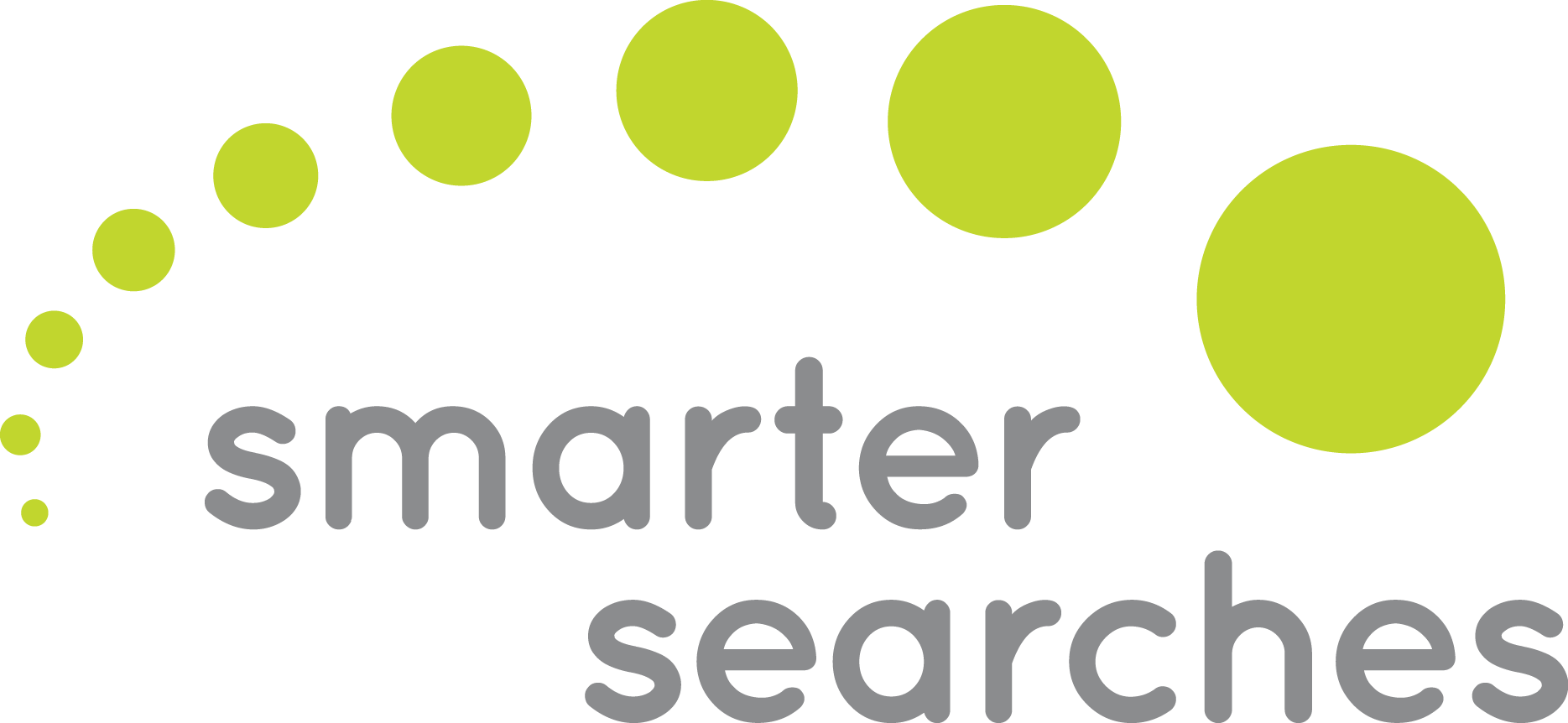Email marketing is one of those rare things in the world that is both easy and difficult simultaneously, current and outdated, effective, and easy to mess up. Some marketers have even dared to say “EMAIL IS DEAD!”
Well, think about this: how many emails did you read today? How many emails did you send? How many emails did you delete? Do you consistently receive emails from certain companies that you ALWAYS read? What about the ones you automatically delete and then IMMEDIATELY regret not clicking “unsubscribe”?
See, email is clearly not dead. In fact, it offers an estimated 4300% ROI — by far one of the most effective and economical components of a digital marketing campaign. Still not convinced? Check out some of these reasons you should consider adding email marketing to your repertoire.
- With e-newsletters, your audience actually wants to receive your email. Whether they’re leads or current or past customers, at some point they have accepted the idea of receiving your email. We call this “opting-in.”
- You’re able to build relationships with customers and nurture leads. Give customers a behind-the-scenes look at who you are, what you do, share insider tips, and more. Give away a little “secret sauce” and see how that can pay dividends in customer loyalty and fan-building.
- Costs are low, meaning you can test (and fail) without much expense. You can also test and succeed without much expense.
- Emails convert three times better than social media. Does that mean you should delete your Facebook page? Definitely not, but it does mean that a compelling call to action in a promotional email might be a solid revenue driver.
- It works for businesses both large and small. Even the little guys can build an email database that drives ROI.
Now that you know you need to be focusing on email marketing, here is how you start setting up an email newsletter for your business.
- Make sure you have good content that is both relevant and interesting to your customers. Content is king, so focus on being useful first.
- Put the most important content at the top. We’re all busy, so start at the top with a captivating headline, and don’t forget your call to action.
- Make a great subject line. I could write a treatise on the importance of subject lines, but in the interest of brevity, I will only stress that it is a make-or-break component in email marketing — the difference between open and delete. Inbox or spam box. Treat it with care.
- Use a good, clear layout. Assume your customers will see your email on phones, tablets, and computers, so focus on a clean and responsive design.
- Pick a vendor that matches up with your budget and list size. With everything from free tools like Mailchimp (for lists below 2,000) to premium tools like Emma, to enterprise tools like SalesForce, there is an email vendor that matches up with your needs. Compare them side-by-side and think about where you are and where you’re going in your list development.
- Get subscribers! You can’t send an email without a list, so use your website, social accounts, point-of-sale kiosk, and lead forms as mechanisms for capturing email information. Let online and offline blend together to capture email addresses to build your list.
- Test your timing. Are your customers night owls? Are they early morning phone-checkers? You don’t know until you test. Some vendors have time-optimization tools or offer list-splitting to test different days and times so you can figure out the email reading habits of your best customers.
- For the love of God, don’t forget your call to action. After they open (and hopefully read) your email, what are they supposed to do? Contact? Buy? Redeem a coupon? Don’t leave your customers hanging. Email is a great way to pass around coupons and promotional content, so motivate them to open the email and then capture them as leads by giving them something to do at the end.
Email marketing has a ton of benefits for businesses of all sizes, but fundamentally it’s an effective and affordable component of your marketing plan. Plus, it’s easy! With customizable templates and easy unsubscribe options, you don’t have to worry about a whole lot of terms and conditions or fine print when it comes to email. It’s fast, it’s effective, it’s affordable — altogether, it’s pretty awesome. If you want to start an e-newsletter or need more convincing about the merits of email marketing, contact us to learn more about what we can do to help make your emails profitable.



